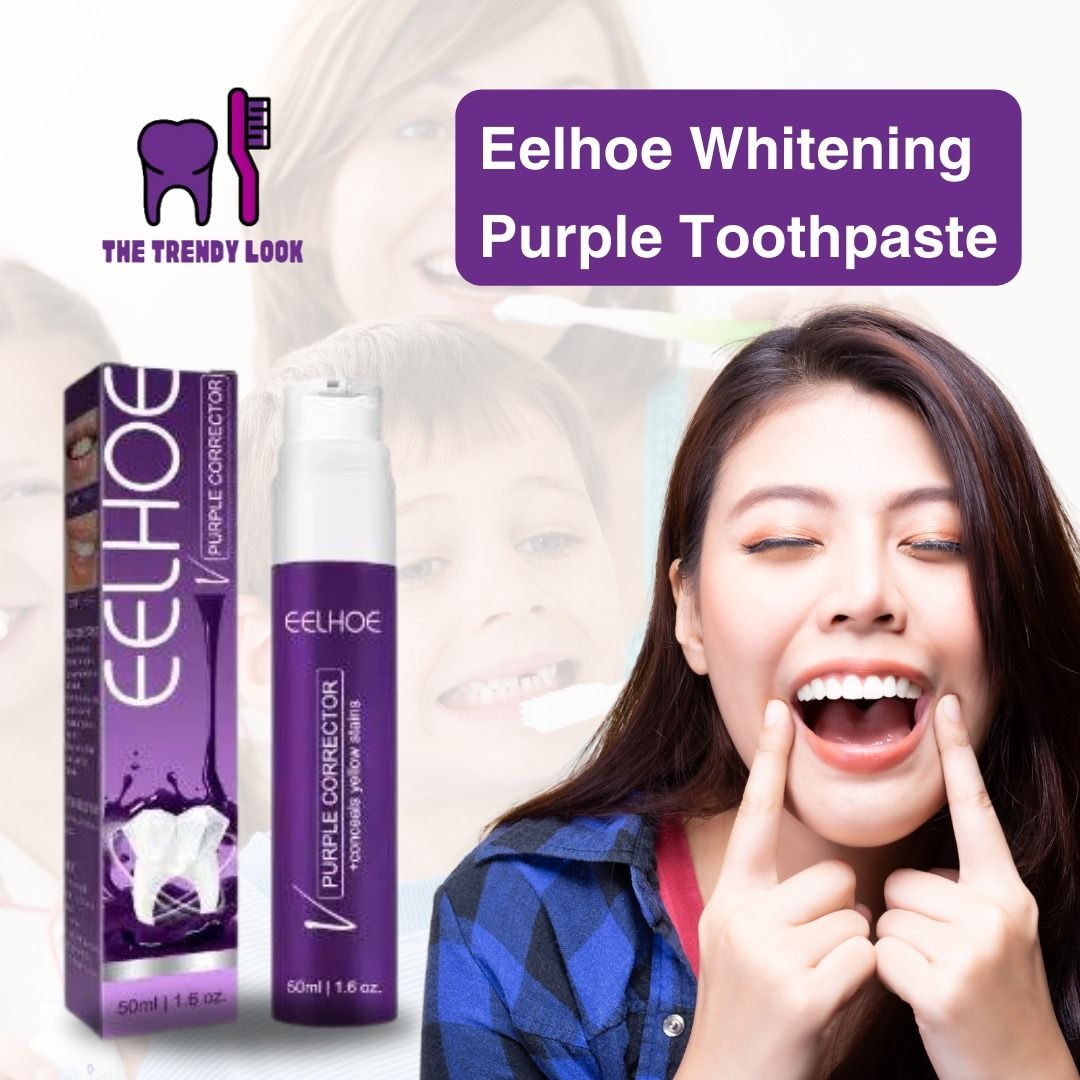Remove White Stains: Get A Brighter Smile

The quest for a brighter, more radiant smile is a universal desire, transcending borders and cultures. One of the most significant factors that can detract from the beauty of a smile is the presence of white stains on the teeth. These stains, often the result of fluorosis, can mar an otherwise perfect set of teeth, leaving one feeling self-conscious about their smile. The journey to remove white stains and achieve a brighter smile involves understanding the causes of these stains, exploring the available treatment options, and adopting preventive measures to maintain oral health.
Understanding White Stains
Before diving into the solutions, it’s crucial to understand what white stains are and how they form. Typically, white stains on teeth are associated with dental fluorosis, a condition that occurs when too much fluoride is consumed during the formation of teeth, usually in childhood. This excess fluoride can cause changes in the enamel, leading to the appearance of white or yellowish spots on the teeth. While often considered merely a cosmetic issue, in severe cases, dental fluorosis can also affect the structural integrity of the teeth.
Treatment Options for White Stains
Fortunately, there are several treatment options available for removing white stains and improving the appearance of the teeth. The choice of treatment depends on the severity of the fluorosis and the individual’s oral health.
Professional Teeth Whitening: While designed to combat traditional stains, professional teeth whitening can sometimes improve the appearance of teeth with white stains by making the surrounding enamel whiter and thus reducing the contrast between the stain and the rest of the tooth.
Veneers: For more severe cases, dental veneers can provide a comprehensive solution. Veneers are thin layers of porcelain or composite material bonded to the front of the teeth, capable of completely masking white stains and other aesthetic issues.
Dental Bonding: Similar to veneers, dental bonding involves applying a tooth-colored resin to the tooth and then hardening it with a special light. This can improve the appearance of a tooth affected by white stains, though it may not be as durable as veneers.
Microabrasion: This is a mild form of cosmetic treatment that involves a gentle removal of the surface enamel to reduce the appearance of white stains. It’s often used in combination with dental bleaching for more effective results.
Preventive Measures
Prevention is always better than cure, especially when it comes to oral health. To prevent white stains from forming, it’s essential to manage fluoride intake during childhood. Here are some preventive strategies:
Monitor Fluoride Intake: Ensure that children do not swallow toothpaste while brushing and use only a pea-sized amount. Also, consult with a dentist about the appropriate amount of fluoride in drinking water and toothpaste.
Regular Dental Check-ups: Regular visits to the dentist can help in early detection and treatment of dental fluorosis and other oral health issues.
Good Oral Hygiene: Maintaining good oral hygiene practices, such as brushing teeth at least twice a day and flossing once a day, can help prevent other types of stains and maintain overall oral health.
Conclusion
Achieving a brighter, whiter smile is within reach, even for those affected by white stains. By understanding the causes of these stains, exploring the available treatment options, and adopting preventive measures, individuals can significantly improve the aesthetic appeal of their teeth. It’s a journey that not only enhances one’s smile but also contributes to overall well-being and confidence. With the right approach and professional guidance, removing white stains and unveiling a radiant smile is a realistic and attainable goal.
How can I prevent my child from getting white stains on their teeth?
+To prevent white stains, ensure your child does not consume excessive fluoride. Monitor their toothpaste usage, avoid giving them fluoridated toothpaste before they are old enough to spit it out, and consult with your dentist about the appropriate fluoride levels in your water supply.
Are white stains on teeth a sign of poor oral health?
+White stains, often caused by fluorosis, are primarily a cosmetic issue rather than an indicator of poor oral health. However, maintaining good oral hygiene is crucial for preventing other types of stains and ensuring overall dental health.
In the pursuit of a perfect smile, addressing white stains is just the beginning. By embracing a comprehensive approach to oral health, combining professional treatments with diligent care, individuals can not only remove white stains but also enjoy a lifelong journey of healthy, vibrant smiles. Whether through prevention or treatment, the path to a brighter smile is accessible, offering a transformative impact on one’s confidence and quality of life.

